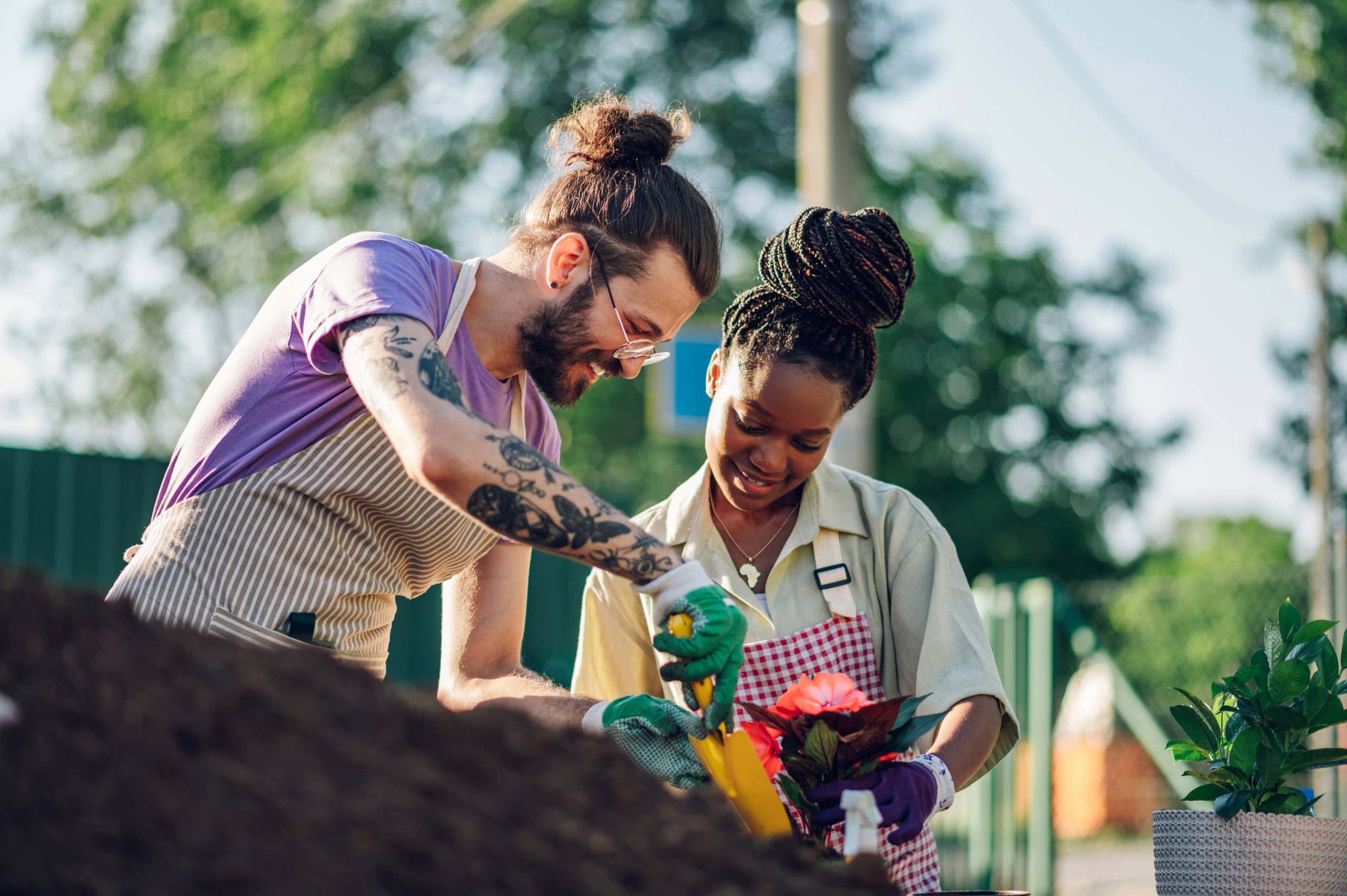
As the world grows increasingly curious about sustainable living and eco-friendly practices, one question routinely emerges for outdoor gardeners and landscapers: How can we cultivate greener, more sustainable growth in our gardens and landscapes? One of the most compelling answers lies in the inclusion of native plants. These unsung heroes of the plant kingdom offer a multitude of benefits that extend beyond mere aesthetics. By incorporating native species into our outdoor spaces, we can promote biodiversity, conserve water, and create resilient ecosystems that thrive on their own terms.
The Environmental Symphony of Native Plants
Native plants, by definition, are those species that have evolved in a particular region over thousands of years. They have adapted to the local climate, soil conditions, and co-evolved with native wildlife. As a result, they require fewer resources and less intervention than exotic, non-native plants.
One of the primary environmental benefits of native plants is their ability to foster biodiversity. In our overdeveloped world, urbanization and agriculture have fragmented ecosystems, making native habitats scarcer. By introducing native plants into our gardens, we provide essential food, shelter, and nesting sites for local wildlife, including birds, butterflies, bees, and other essential pollinators. In turn, these creatures support the delicate balance of the ecosystem, aiding in the reproduction of more plants and controlling pest populations naturally.
Water Conservation and Soil Health
Another compelling advantage of native plants is their efficiency in water usage. Because they have evolved to thrive in the climate of their specific region, native plants are accustomed to local rainfall patterns and soil types. This adaptation reduces the need for supplemental watering, which is especially crucial given the increasing threats of drought and water scarcity worldwide. By relying on rainwater alone, native plants can ultimately lower your garden’s water footprint, saving both resources and money.
Beyond conserving water, native plants play a vital role in maintaining soil health. Their deep-root systems help to stabilize soil, reducing erosion and improving its structure over time. This natural soil enhancement reduces the need for chemical fertilizers and amendments, further promoting a healthy, sustainable garden ecosystem.
Resilience to Pests and Diseases
Gardening can often feel like waging war against an invading army of pests and diseases. Yet, native plants yield an inherent advantage in this battle. Having evolved alongside local insects, fungi, and pathogens, native species are often more resistant to pests and diseases than their non-native counterparts. This resilience means fewer pesticides and chemical treatments, resulting in a healthier garden environment and surrounding ecosystems. By choosing native plants, you are essentially working with nature, not against it.
Low Maintenance, High Reward
For the busy gardener or landscaper, the low maintenance aspect of native plants cannot be overstated. These species have long adapted to the natural climate and nutrient supply of the area, generally requiring less care and attention compared to non-native plants which may need additional fertilizers or pest control measures to thrive. This attribute allows you to spend more time enjoying your garden and less time fiddling with hoses, pruning shears, and garden chemicals.
Enriching the Aesthetic and Cultural Value
While the ecological and practical benefits of native plants are significant, their contribution to the aesthetic and cultural value of our landscapes is equally profound. Native plants can transform a garden into a tapestry of color and texture that reflects the unique beauty of the regional landscape. Many native species offer vibrant blooms, striking foliage, and unique forms that can bring a natural elegance to any garden setting.
Furthermore, cultivating native plants connects us to the land’s cultural and natural heritage. These plants tell the story of the local environment, its history, and the symbiotic relationships that have developed over millennia. By integrating them into our gardens, we become stewards of this legacy, preserving it for future generations to enjoy.
Steps to a Successful Native Plant Garden
1. Research: Start by getting to know the native plants of your area. Local extension offices, botanical gardens, and native plant societies are excellent resources. Understanding which species are native to your region can help you make informed decisions about what to plant.
2. Site Assessment: Consider the specific conditions of your garden site, including soil type, sunlight, and moisture levels. Match plant selections to these site conditions to ensure the best chance of success.
3. Diverse Selection: Opt for a variety of native plants to create a dynamic and resilient garden. A diverse selection will support a broader range of wildlife and contribute to a balanced ecosystem.
4. Prepare the Site: Remove existing non-native or invasive species that might compete with the new native plants. Amend the soil only if necessary to replicate natural conditions.
5. Plant and Mulch: Plant native species according to their specific spacing and depth requirements. Add organic mulch to conserve moisture, suppress weeds, and provide nutrients as it decomposes.
6. Observation and Adjustment: After planting, monitor the garden to see how it develops. Be prepared to make adjustments, as some plants may thrive more than others depending on the micro-conditions in your garden.
With the many benefits of incorporating native plants, from environmental impact to garden maintenance, it is clear they are a vital component of sustainable gardening and landscaping. By choosing to embrace native species, we actively contribute to ecological health, create more vibrant and resilient outdoor spaces, and enjoy the natural splendor of plants that call our region home. Take the step toward sustainability and watch your garden transform into a sanctuary of life, beauty, and ecological harmony.













